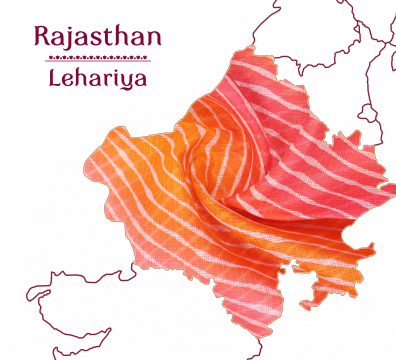
Bagru
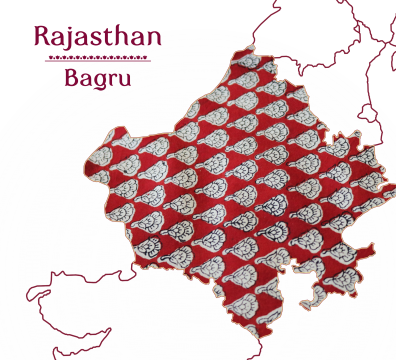
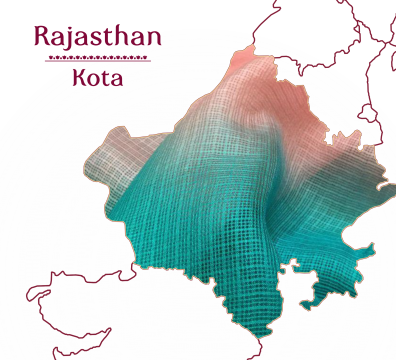
Kota
The standard Kota Doria yardage is woven in white and later dyed in different colors. For some designs, pre-dyed cotton and silk yarns are also used for weaving. Some of the Kota dories also have a narrow border edged with Zari.
Dabu
The fabled pink city of Jaipur sits at the centre of a cluster of traditional blockprint communities. By taking advantage of the fine desert sand of Rajasthan, artisans are able to create a mud-resist known as “Dabu.” A cold-water resist, Dabu is particularly effective for blocking out areas during an indigo bath. The character of Dabu and the wooden blocks used to apply it, go together to create the distinctive patterns known as “Dabu” prints.
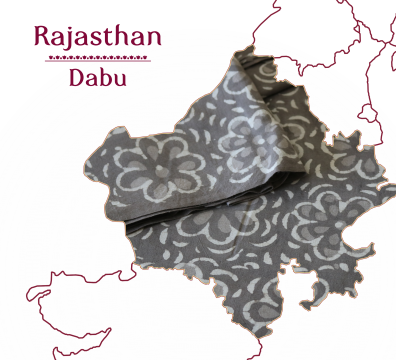
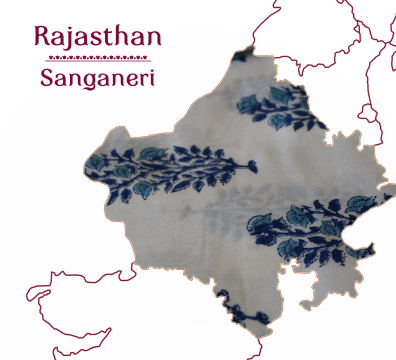
Sanganeri
The Sanganeri Print is visible from small flower motifs like stylized sunflowers, narcissuses, roses, and other flowers of luxuriant foliage like daturas, rudrakshas, and arkas. On Sanganeri ‘chintz’ (printed cloth) usually, yellow, green blue (with different tones) are used as the background.
Various floral designs, geometrical and God figures are included in its prints. Sometimes, folk designs are also found. Finesse in flowers-petal designs, curves and delicacy are the prime specialties of Sanganer prints.
Leheriya
Leheriya (or leheriya, Lehariya) is a traditional style of tie dye practiced in Rajasthan, India that results in brightly colored cloth with distinctive patterns. The technique gets its name from the Rajasthani word for wave because the dyeing technique is often used to produce complex wave patterns
These are harmoniously arranged diagonal stripes, which were originally, dyed in the auspicious colors of yellow and red. Dyeing is accomplished by the tie-resist method in Lehariya where the patterns are made up of innumerable waves respectively.
